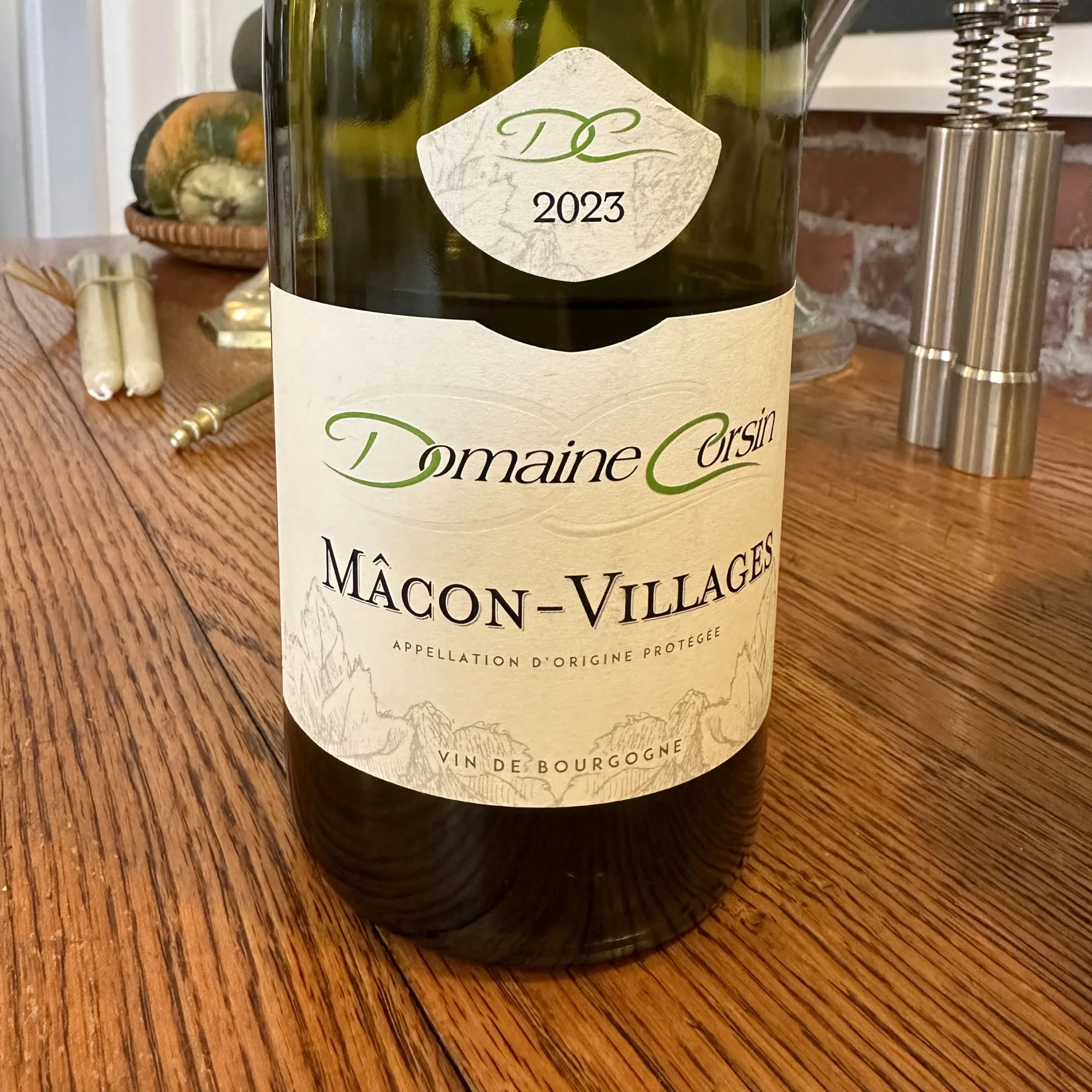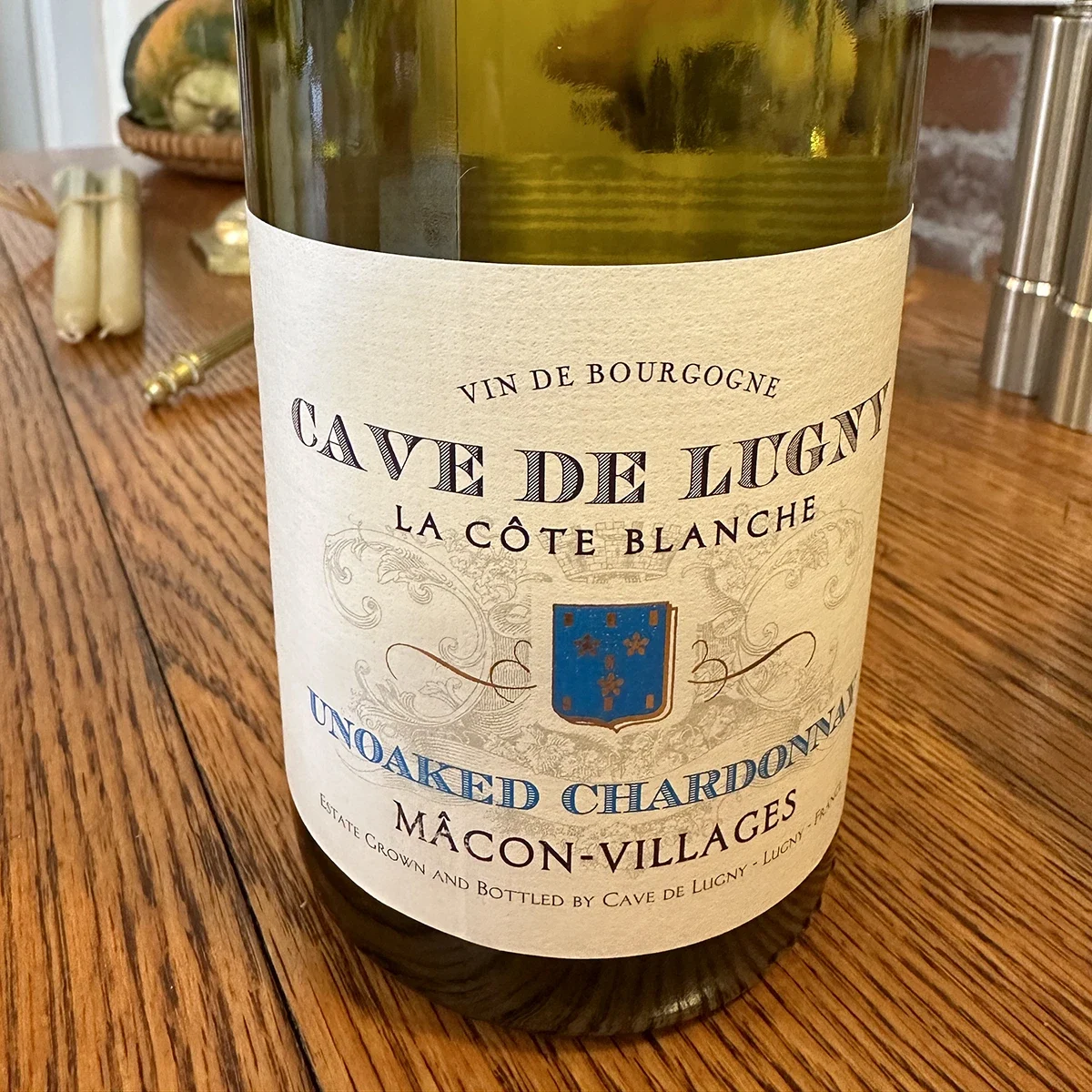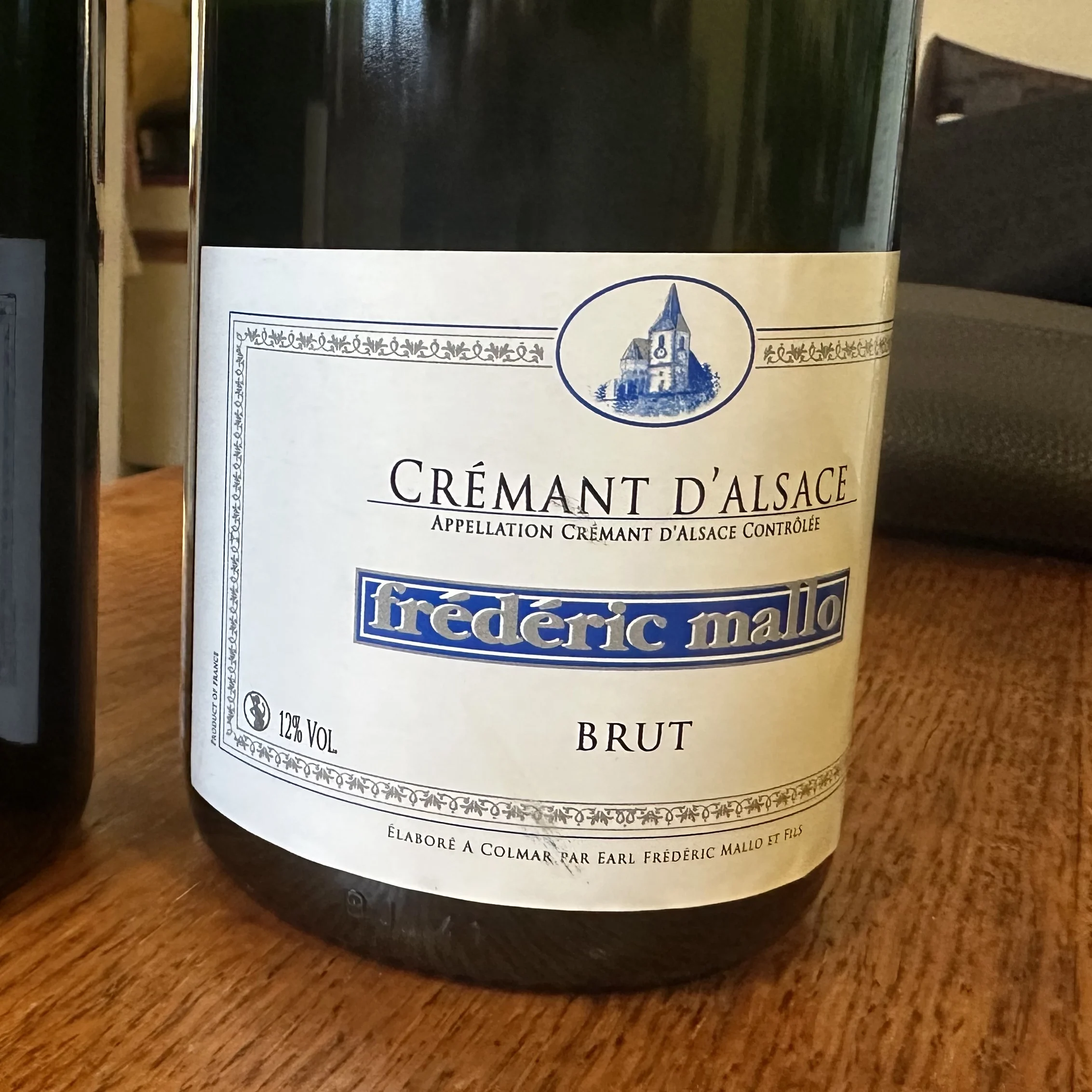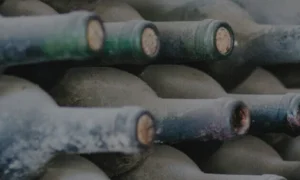
Macon
The Mâconnais is a winegrowing region with a southern accent where rolling landscapes are alternated with monumental cliffs. In this wonderful environment, where the Chardonnay grape reigns supreme and where patches of Gamay can be found, you will taste some powerful white wines that are rich in aromas, not to mention some delectable reds.
Macon Wines
Tasting Profile
Generally, the Mâconnais white wines are the color of white or yellow gold or straw-colored with gently glowing silvery or greenish highlights. To the nose, their aromas suggest white roses, acacia, honeysuckle, fern, verbena, lemon-grass, and citrus fruits (grapefruit, mandarin oranges).
In the mouth, the finish adds nuances of pine, quince and fennel. The impression on the palate varies according to each village and each terroir of origin. These wines are fresh and luscious as well as dry and well-fruited. They have good concentration backed by sufficient acidity to ensure their keeping qualities. They are full and smooth in character.
You can see the Macon region at the southernmost tip of the map of the Burgundy region in France. The region is divided into several appellations, with Pouilly-Fuissé, Pouilly-Loché, Pouilly-Vinzelles, Saint-Véran, and Viré-Clessé being among the most well-known. They are an affordable alternative to the costlier Burgundy white wines.
The Mâconnais: the southernmost entry point to the Bourgogne region

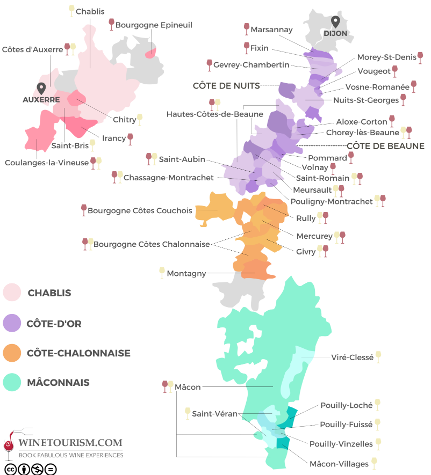
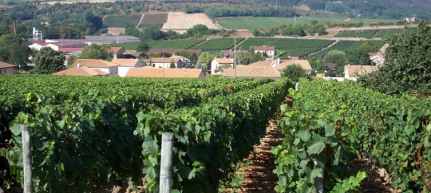
Characteristics of Mâcon Wines
The majority of Mâcon wines are white, crafted from the Chardonnay grape, and offer a wide range of styles and price points. A lovely pale-yellow gold color with hints of silver, Mâcon-Chardonnay wines from the eponymous varietal offer a very indulgent aromatic palette.
 They tend to be fruity wines, opening with aromas of ripe orchard fruits combining pear with apple, apricot, and peach, along with hints of quince cheese that are characteristic of the appellation. The attack is often very forthright, followed by an acidulated structure. They even have a special verb here to describe that: to “chardonner”.
They tend to be fruity wines, opening with aromas of ripe orchard fruits combining pear with apple, apricot, and peach, along with hints of quince cheese that are characteristic of the appellation. The attack is often very forthright, followed by an acidulated structure. They even have a special verb here to describe that: to “chardonner”.
The region’s diverse soils and varied microclimates contribute to the complexity of the wines.
While Chardonnay dominates, Mâcon also produces red and rosé wines from Gamay and Pinot Noir, particularly in areas like the southern part of the region bordering Beaujolais.
Notes about the appellations within the Mâconnais:
Mâcon
The general appellation for the region, encompassing red, white, and rosé wines. The Mâcon is primarily known for high-quality, affordable white wines made from the Chardonnay grape. While the region also does produce red and rosé wines from Pinot Noir and Gamay, the focus remains on Chardonnay.
Mâcon-Villages
Mâcon-Villages wines are generally known for their bright, fresh, and fruity characteristics. They are typically dry, white wines made from Chardonnay grapes, and often exhibit floral and citrus aromas with mineral notes. They are typically described as crisp, light-bodied, and refreshing, with a pleasant aftertaste. This appellation is specifically for white wines from the broader Mâcon area and often offers great value.
Pouilly-Fuissé
.A highly regarded appellation known for its elegant and powerful white wines. Chardonnay is the only permitted grape here, and many of the wines produced are considered the same quality level as those made in the Côte de Beaune, without costing nearly as much.
Oak aging is up to the producer, and there are many examples of wine produced with or without oak. Either way, the aromas and flavors of nuts, yellow fruit like lemon, pineapple, and apples predominate. With age, honey and brioche become dominant. The best of these wines can age up to 20 years.
Pouilly-Loché
.A smaller appellation producing white wines, often with a more mineral character. Madr exclusively from Chardonnay grapes, theser wines are known for their elegant, fruity, and balanced character, often with a long, lingering finish. They typically exhibit a pale to amber gold color, with subtle floral notes of acacia and hawthorn flowers, and fruity aromas of peach, lemon, and grapefruit when young. With age, these wines can develop flavors of pear, apricot, quince, dried fruits, hazelnut, and gingerbread. Pouilly-Loché wines are also known for their minerality, often described as flinty or stony, and a delicate balance of acidity and fruit.
Pouilly-Vinzelles:
.Another appellation focused on white wines, with a reputation for quality.
Saint-Véran
.A village appellation with a reputation for producing well-structured and aromatic white wines. Saint-Véran is known for crisp, elegant, and well-balanced Chardonnay-based white wines which often exhibit flavors of citrus, pear, and white flowers, with a dry minerality and a refreshing, lively character. While enjoyable young, they can also age gracefully, showcasing the region’s winemaking craftsmanship.
Viré-Clessé:
.An appellation dedicated to white wines, known for their richness and potential for aging. Made exclusively from Chardonnay grapes in the Mâconnais region, these white wines are known for their lively, fresh, and well-rounded character. They typically exhibit a pale gold color with greenish highlights, and offer aromas of white flowers, citrus, and white fruits, sometimes with notes of fern or mint. The palate is known for its freshness and roundness, with a slight edge and a potential for mineral notes. They are generally best enjoyed young for their fruitiness, but can also age gracefully, developing more complex flavors, like quince jam.
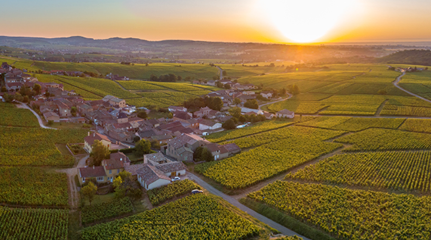
Map of France showing the Burgundy region:
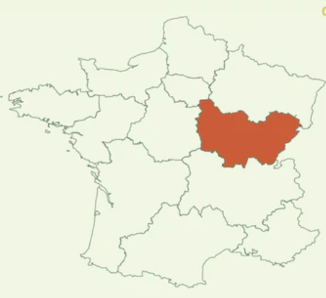

Solutre:
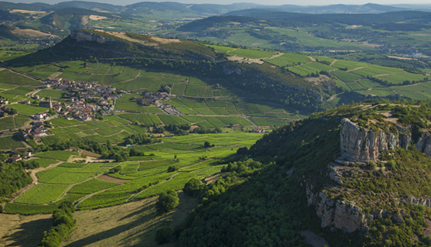
Broadcast Episode/Macon
Search by category or topic
Cheese Pairings
Tell us about wines you’d like to hear about!
Broadcast Episode/Macon
Search by category or topic
Cheese Pairings
Food Pairings
Need text
Tell us about wines you’d like to hear about!
More Episodes
Broadcast Episode/Macon
Search by category or topic
Cheese Pairings
Coming Soon
Food Pairings
Coming Soon



